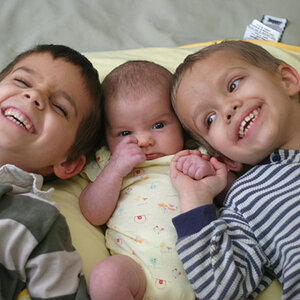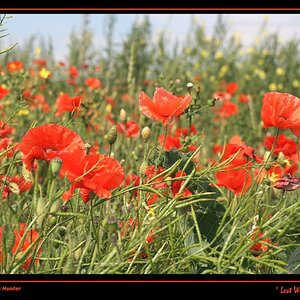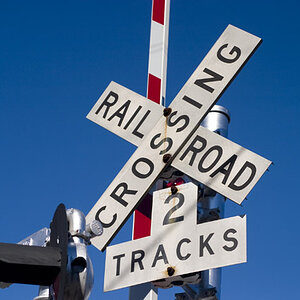cestlefun17
TPF Noob!
- Joined
- Jul 23, 2009
- Messages
- 66
- Reaction score
- 11
- Location
- Rhode Island
- Can others edit my Photos
- Photos OK to edit
How do you get higher contrast when shooting on film? I got my first roll developed today (Kodak 200 Gold Color) but unfortunately the images came out gray and washed out. I don't have a scanner so I can't show you exactly what you look like, but from my experience with digital imaging, it appears that the colors could be more saturated (which would mean, I assume, getting a different kind of film?) and the contrast could be higher.
I use an SLR Canon Rebel. I bought it gently used, and the seller included the film, so I don't know how old it is. Also, I did not get my photos developed at a professional lab, so perhaps these factors could also come into play?
Thanks for the help.
I use an SLR Canon Rebel. I bought it gently used, and the seller included the film, so I don't know how old it is. Also, I did not get my photos developed at a professional lab, so perhaps these factors could also come into play?
Thanks for the help.


![[No title]](/data/xfmg/thumbnail/37/37489-27b092c23ed6ad63eee4cd03f96a311a.jpg?1619738111)



![[No title]](/data/xfmg/thumbnail/33/33876-69ae4c2723e06d63117dc3b1b6629647.jpg?1619736182)
![[No title]](/data/xfmg/thumbnail/33/33492-0ad5e1a91781a72cd081fb3f06aa3628.jpg?1619736003)
![[No title]](/data/xfmg/thumbnail/33/33495-c9bffdaa44506a6169a2faff5c7e086e.jpg?1619736004)



![[No title]](/data/xfmg/thumbnail/37/37490-9848752f4de5e403f7f20db193e0fb64.jpg?1619738111)
![[No title]](/data/xfmg/thumbnail/33/33875-e155733428c9a8d5f34bbc19e80e29a6.jpg?1619736181)